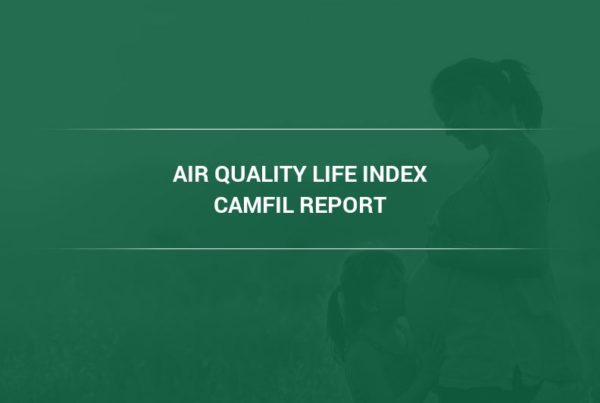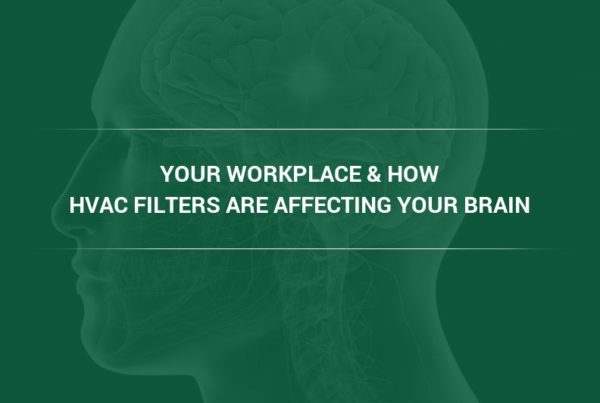A look at some of the most common sources of poor indoor air quality in the workplace and how a greater understanding of commercial HVAC air filters can improve ventilation and filtration.
While there are plenty of forms of air pollution that are not within the realm of direct control such as factory pollution, smog, wood smoke, and airborne construction fiber, some of the most potent forms of air pollution come from the way our workplaces are configured.
The Most Common Threats to Indoor Air Quality (IAQ) in the Workplace
- Printers & Photocopiers – Any equipment that utilizes large amounts of ink is a likely source of workplace VOCs.
- Furniture and Furnishings – Many office buildings pride themselves on their decorative furnishings, using it to please employees and clients alike. However, while it may come as a surprise, new furniture is one of the most significant sources of VOC off-gassing.
- Shared Occupancy Issues – In an effort to save money and operate more efficiently, many businesses choose to share their real estate with other operations. Unfortunately, commercial air filtration systems are rarely upgraded at the same time to accommodate the extra load. The additional load can lead to under-performing ventilation and greater exposure to polluted air.
- Air Fresheners – While it may seem counterintuitive, air fresheners are a surprising source of indoor air pollution. While these might seem like an absolute necessity when sharing a workspace with other people, they are also a readily available source of toxic off-gassing.
Why Some Companies Are Far Too Worried about Air Filter Replacement Costs
Investing in a properly functioning system designed to remove the harmful VOCs and airborne pollutants specific to your workplace will yield an acceptable ROI. However, selecting air filters for that system based solely on the initial purchase price lowers the effectiveness of the system. An air filter is a single component in a more complex HVAC system, but its impact on system performance is disproportional to its size. Instead, install high quality and high-efficiency air filters that complement and maximize the performance of the system.
Improving Workplace Air Quality Standards in the Wake of COVID-19
As we have seen recently, the quality of our air can be affected by more than just pollutants. Harmful viruses can linger inside aerosols suspended in the airstream for hours at a time, increasing the need for improved workplace air quality standards in the future.
Recognizing the Symptoms of Poor Indoor Air Quality
If you or anyone in your place of business is experiencing any of the following symptoms, it could be an indicator of threatened indoor air quality:
- Sneezing
- Congestions
- Headache
- Dizziness
- Nausea
- Irritability
Ask About Your Company’s Indoor Air Quality Program
Owners, managers, and employees alike have an important interest in monitoring IAQ inside the workplace; finding out more about your building’s indoor air quality program is a good way to stay protected against the effects of poor IAQ.



